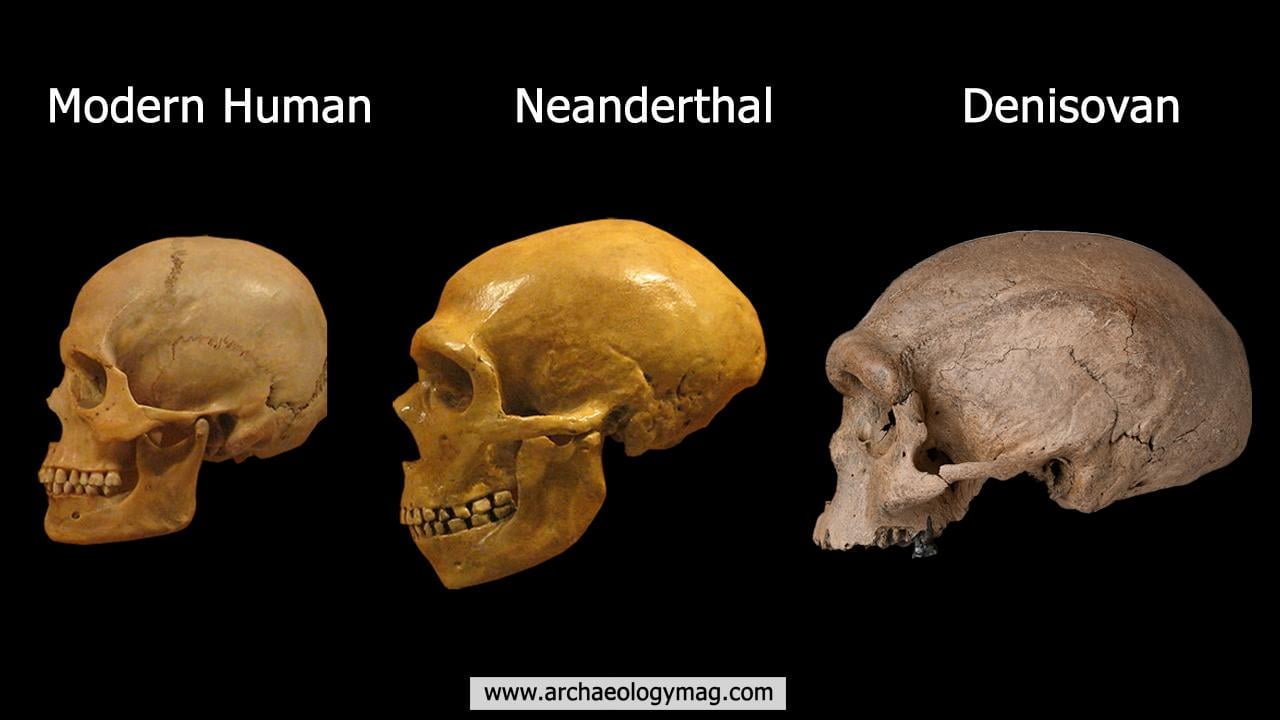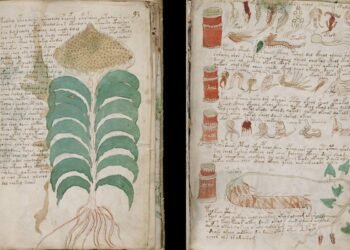Human evolution refers to the biological and cultural changes that have occurred in the lineage of Homo sapiens, leading to the development of modern humans. It encompasses the processes of genetic variation, natural selection, and adaptation that have shaped our species over millions of years.

From a biological perspective, human evolution involves changes in our physical characteristics and genetic makeup. Our lineage can be traced back to a common ancestor shared with other primates, such as chimpanzees and bonobos, with whom we share a common evolutionary history. Over time, our species has developed unique traits, such as bipedal locomotion (walking on two legs), increased brain size, refined hand dexterity, and a highly complex language system.
The evolutionary journey of Homo sapiens has been marked by various key milestones and species, such as Australopithecines, Homo habilis, Homo erectus, Neanderthals, and Denisovans. These species demonstrate the gradual progression and diversification of our ancestral lineage.

Cultural evolution
Cultural evolution is an equally important aspect of human evolution. Unlike other species, humans possess the ability to create and transmit culture, including knowledge, beliefs, customs, and technologies. Cultural evolution involves the accumulation of cultural practices and innovations over generations, leading to advancements in technology, art, language, and social organization. Cultural evolution has played a significant role in our survival and adaptation to different environments.
Genetic evidence, fossil discoveries, and advancements in various scientific disciplines, such as paleoanthropology and genetics, have provided valuable insights into the timeline and processes of human evolution.
Overall, human evolution encompasses the biological and cultural changes that have shaped Homo sapiens as a distinct species, highlighting our shared ancestry with other organisms and the unique characteristics that define us as humans.
Here is the story of how our species, Homo sapiens, evolved from ancestral primates to the modern humans we are today:
Early Primates: Around 65 million years ago, the first primates emerged. These small mammals, resembling tree-dwelling squirrels, were the ancestors of both humans and other primates like monkeys and apes.
Hominin Lineage: Around 6 to 7 million years ago, our ancestors split from the lineage that led to modern chimpanzees and bonobos. This divergence marked the beginning of the hominin lineage, which eventually led to the evolution of humans.
Australopithecines: About 4 million years ago, early hominins known as Australopithecines appeared. They were bipedal, meaning they walked on two legs, and had a mixture of ape-like and human-like traits. Famous Australopithecus species include “Lucy” (Australopithecus afarensis).

Homo Genus: Around 2 million years ago, the Homo genus emerged. The Homo habilis, known as the “handy man,” was the earliest known member. Homo habilis used primitive stone tools, marking the beginning of tool use by our ancestors.
Homo Erectus: Homo erectus, which lived approximately 1.8 million to 300,000 years ago, is considered a key species in human evolution. They were the first hominins to migrate out of Africa and spread across the world, adapting to diverse environments.
Neanderthals and Denisovans: Neanderthals and Denisovans were our close relatives who lived alongside early Homo sapiens. They were well-adapted to colder climates and had sophisticated tool-making abilities.
Interbreeding between these species and early Homo sapiens contributed to the genetic diversity of modern humans.

Homo sapiens: Homo sapiens, or anatomically modern humans, emerged in Africa around 300,000 years ago. They displayed advanced cognitive abilities, developed complex languages, and created more sophisticated tools. Homo sapiens gradually migrated across the globe, replacing other hominin species.
Modern Humans: The last paragraph of human evolution brings us to the present. Modern humans, with our unique blend of biological and cultural traits, have become the dominant species on Earth. We continue to evolve, albeit at a much slower pace, both biologically and culturally, shaping our future as a species.






















Disclaimer: This website is a science-focused magazine that welcomes both academic and non-academic audiences. Comments are written by users and may include personal opinions or unverified claims. They do not necessarily reflect the views of our editorial team or rely on scientific evidence.
Comment Policy: We kindly ask all commenters to engage respectfully. Comments that contain offensive, insulting, degrading, discriminatory, or racist content will be automatically removed.